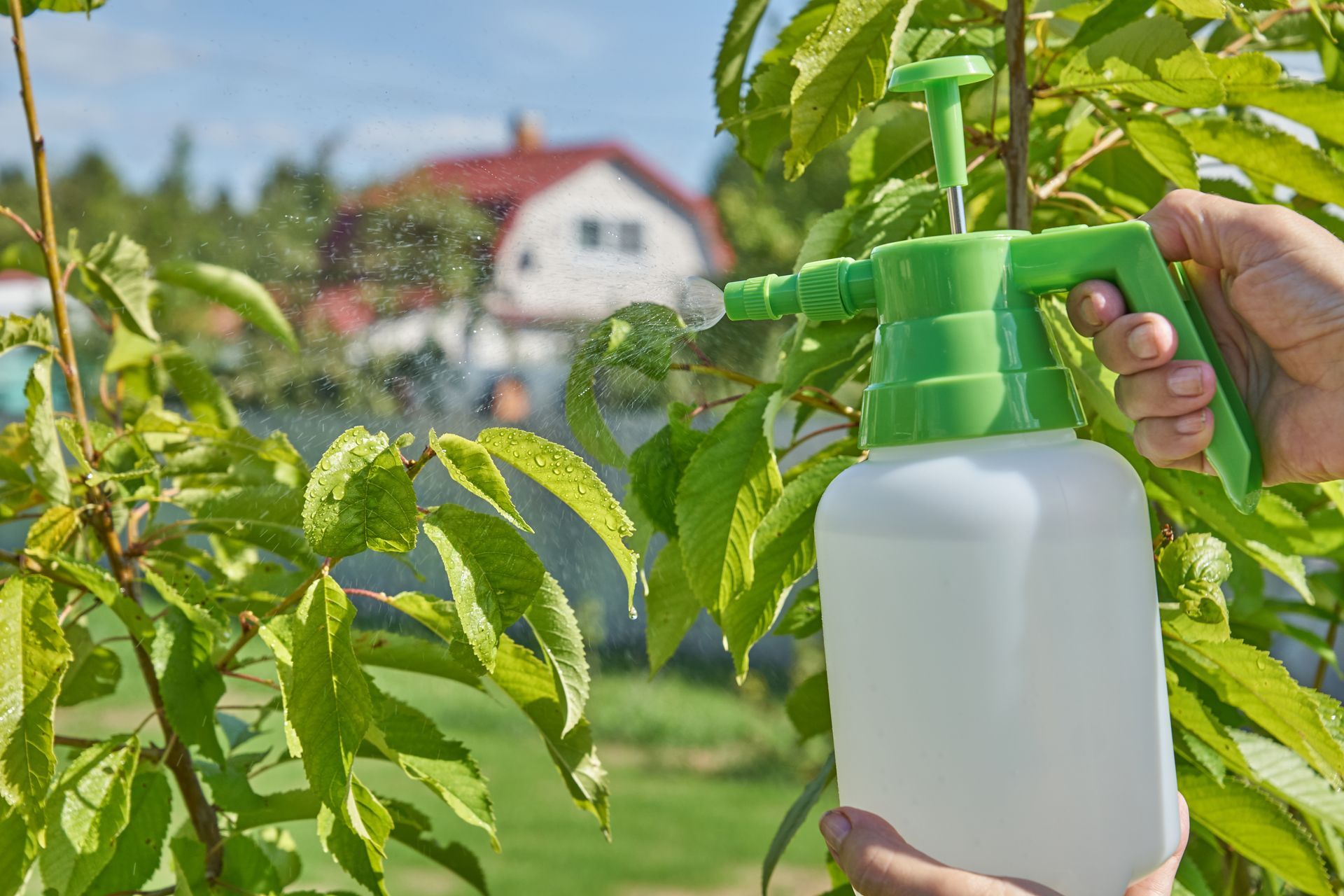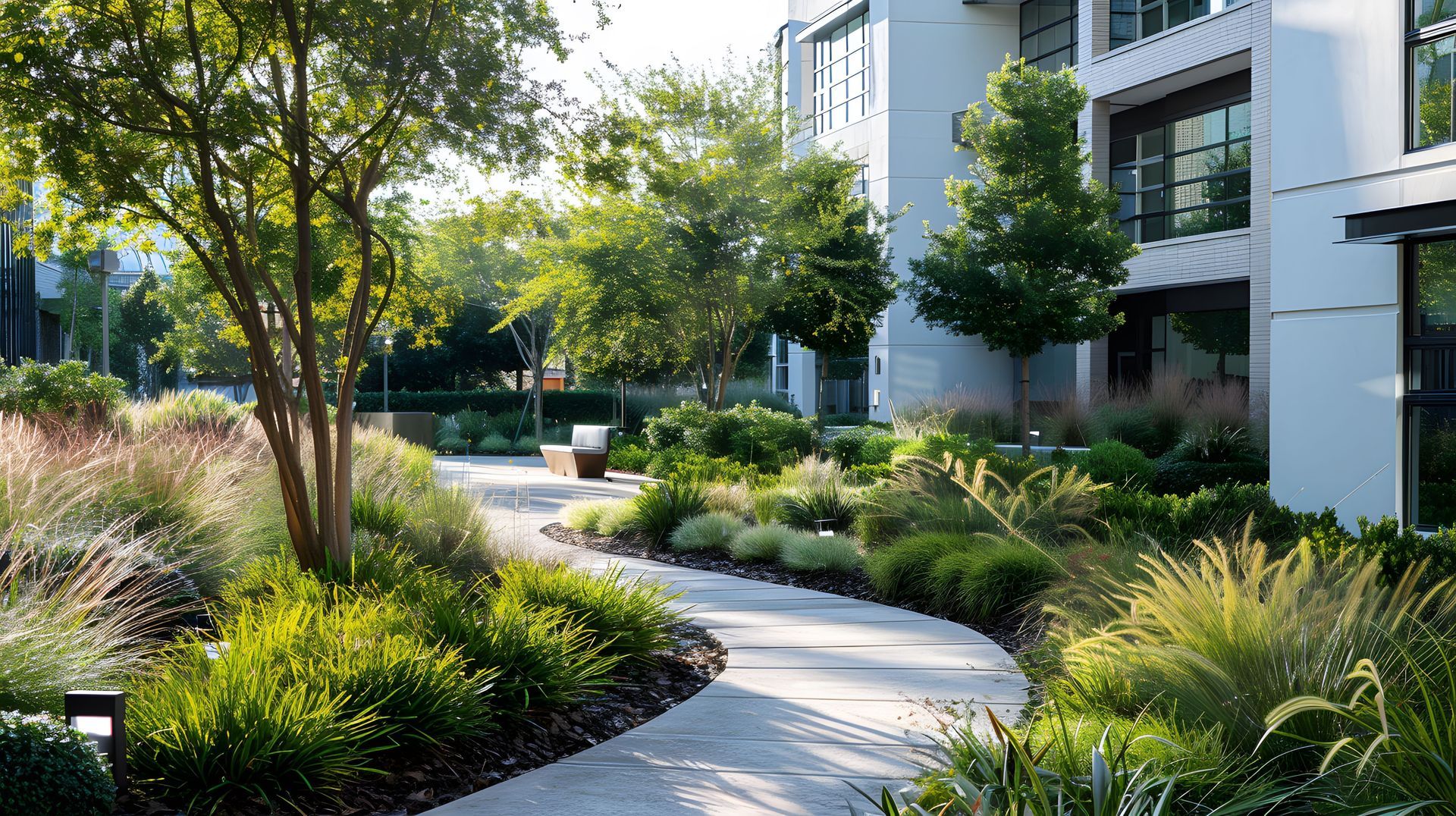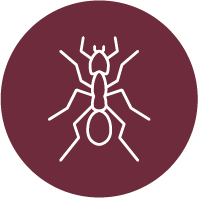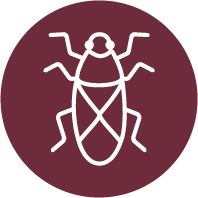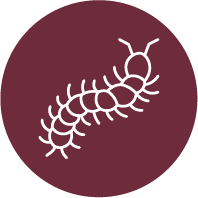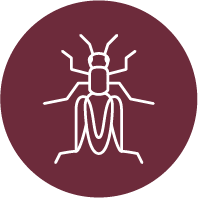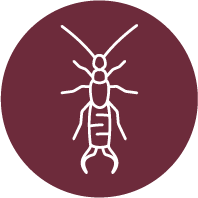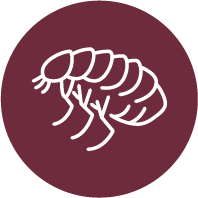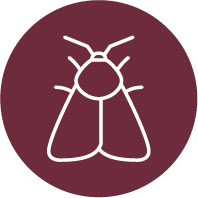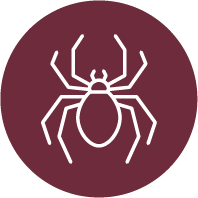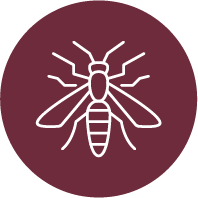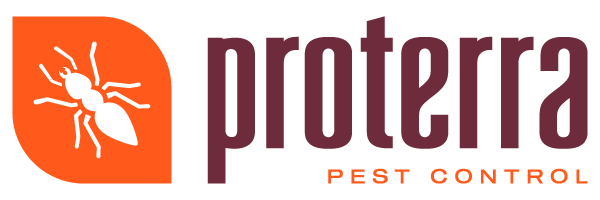Summer Break Deep Cleans: Preparing Educational Facilities for a Pest-Free School Year
Summer break brings a welcome respite from a busy academic calendar, but it also presents a prime window for pests to settle into classrooms, cafeterias, and other campus facilities. When hallways are quiet and foot traffic is minimal, certain pests thrive in abandoned nooks and crannies. By using the downtime for a thorough cleaning, scheduling proactive pest management services, and reviewing policies that support day-to-day cleanliness, educational facilities can be positioned for a healthier, pest-free environment once students return.
Why Idle Buildings Invite Unwanted Guests
When people vacate a space, pests take advantage of the calm and isolated conditions. Rodents alone can squeeze through holes the size of a dime, making it surprisingly simple for them to find ways into empty schools if small openings and cracks go unsealed. Moreover, the lack of routine cleaning, trash removal, and proper food storage allows pests to reproduce without detection. Single incidence can turn into a major infestation quickly, especially when locked buildings remain unchecked for weeks or months.
Beyond the obvious health hazards of rats, cockroaches, and other pests, infestations can detract from a school’s reputation. Parents and faculty expect administrators to prioritize cleanliness and student well-being. Discovering pests shortly after the school year starts can raise concerns about overall building maintenance and can require lengthy (and sometimes more expensive) remedies if not properly handled early. Fortunately, the summer break provides valuable time to address these concerns head-on.
Prioritizing a Deep Clean for Pest Prevention
A deep clean of classrooms, libraries, cafeterias, and laboratories offers several key benefits. First, thorough cleaning removes potential food sources such as crumbs, discarded wrappers, and residue on floors or in corners. Secondly, the process flushes out hidden debris and clutter that allow pests to hide and breed undisturbed. Finally, it offers an opportunity to inspect areas not easily visible while school is in session—beneath desks, behind equipment, and around HVAC systems.
Quality cleaning often extends beyond wiping down surfaces. Schools can benefit from:
- Sanitizing large appliances in cafeterias, including ovens, refrigerators, and freezers.
- Steam-cleaning carpets and rugs to eliminate dust mites and pests lurking in fibers.
- Clearing drains, sinks, and bathrooms to prevent moisture buildup and potential pest breeding grounds.
By thoroughly stripping away dirt, cleaning neglected spaces, and limiting food sources, administrators can better control pest populations before they have a chance to fully establish themselves.
The Importance of Thorough Inspections
Deep cleaning alone provides an excellent base, but thorough inspections are crucial to identify vulnerabilities. Pest control professionals who specialize in educational facilities can spot subtle signs of trouble—like small droppings in storage rooms, gnaw marks on furniture, or damaged weather stripping around doors.
Scheduling regular inspections is time well spent, especially considering that rodents carry over 35 diseases transmittable to humans. Early detection not only keeps complicated and expensive infestations at bay but also reduces the risk of pest-related illnesses. By catching early warning signs, maintenance teams can shore up weaknesses, repair screens, seal cracks, and keep pests out before the first day of classes.
Safe, Low-Toxicity Solutions for Peace of Mind
Health and safety are paramount when it comes to education. While robust pest control solutions are essential, schools should avoid any approach that relies on harsh chemicals or causes disruptions to indoor air quality. Fortunately, modern pest management emphasizes integrated pest management (IPM)—a strategy that focuses on smart, targeted actions over widespread chemical usage.
IPM includes safe, low-toxicity solutions that eliminate clutter, address sanitation concerns, improve structural integrity, and use specific, well-tested treatments only where necessary. Many states support IPM initiatives in schools, aligning with local regulations and guidelines. Working with pest control professionals who follow IPM guidelines is a proven way to keep facilities pest-free without compromising student and staff well-being.
Scheduling Comprehensive Treatments and Services
Summer break typically offers the quiet window needed to schedule more intensive pest control services and coordinate with maintenance staff, janitors, and other relevant personnel. By arranging appointments during breaks, classrooms and hallways can be treated thoroughly without disruptions to daily academic activities.
Comprehensive treatments during downtime might include the following:
- Exterior barrier treatments to prevent pests from entering.
- Rodent-proofing methods, such as installing door sweeps, sealing cracks and crevices, and trimming vegetation around the perimeter.
- Non-toxic bait traps in targeted areas to monitor pest activity.
Because every building has different layouts, climates, and historical patterns of pest issues, a custom plan proves more effective than generic solutions. Facilities managers can benefit from discussing location-based vulnerabilities with a pest professional—be it a persistent ant issue in the cafeteria or ongoing rodent sightings in the storage room.
Building a Strong Foundation Before Students Return
By prioritizing a deep clean, thorough inspections, and safe pest control initiatives, educational facilities can foster a welcoming environment free of infestations. Once classes resume, students enjoy a healthy space while staff members can focus on instruction rather than pest concerns. This balanced approach to pest management preserves your school’s reputation and provides long-term cost savings through proactive measures.
If you’re seeking expert guidance in preparing a building for a pest-free school year, consider turning to Proterra Pest Control for specialized comprehensive treatments and inspections. With a team dedicated to integrated pest management principles, schools benefit from solutions tailored to each unique environment. Protecting the health and safety of young learners starts with vigilant prevention, strategic scheduling, and a dedicated commitment to cleanliness—making the summer break the perfect time to invest in a pest-free future.
